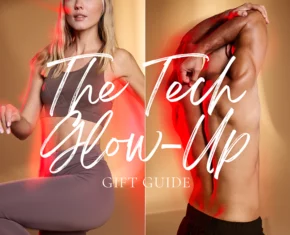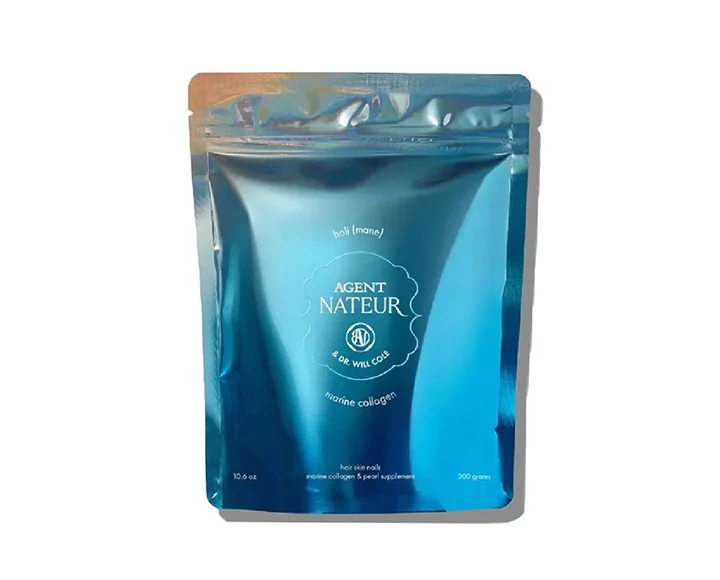Normally, we’re not thrilled by the idea of someone poking our faces with sharp, metal sticks. But if it makes us feel more balanced and look more beautiful, we’re at least willing to learn more. As major proponents of the power of acupuncture, we asked facial acupuncture pro, Melissa Tsai of LA’s Guide Acupuncture, to talk to us about the ancient healing practice. Discover what the practice is all about and why it’s honestly not as scary as you’d think…
What is Facial Acupuncture? Cosmetology has been a part of traditional Chinese medicine (TCM) for thousands of years, using various ancient techniques to improve beauty. One of the techniques, called facial acupuncture, is when extra-fine needles are inserted into the acupuncture points along the face. But the TCM approach to treating the face isn’t merely about the face.
What Goes Down? When giving an acupuncture facial, a seasoned practitioner will focus on promoting the health of the entire body to enhance the appearance of the skin. This method is a unique way of improving the complexion and smoothing out fine lines because of its holistic nature. For example, smoking is respiratory, inhaled through the lungs, but it has a tremendous impact on your facial appearance and skin! Herbal remedies may also be added as a complement to the facial acupuncture treatment.
What Happens Afterward? There are a few main effects from facial acupuncture. First off, the treatment helps to detoxify the body, which is great, because toxins in the skin lead to wrinkles and unwanted redness. Secondly, the needles create ‘microcirculation,’ which improves blood flow to the face. This helps with getting rid of impurities and enhancing the natural ‘glow’ of the face. In some cases, the improved circulation even reduces dark circles and dark spots. In addition, the muscles in the face will relax. This helps smooth out fine lines and soften any wrinkled areas. The needles also create micro traumas to the face, which help stimulate collagen production and improve skin elasticity. Collagen provides that taught, youthful look to the skin — droopy skin associated with aging is largely the result of natural collagen depletion.
Who Should Try It? Because facial acupuncture is a holistic, natural treatment, it is recommended that first timers have at least eight to ten treatments, depending on their constitution and how they respond. After that, a monthly treatment or so helps maintain the effect. Acupuncture facials are also great for prevention before signs of aging set in, as they are a great way to maintain a youthful look.
Who Should not Try It? Facial acupuncture is not recommended for women who are pregnant or trying, have chronic headaches, high blood pressure, or any serious illness. Also if the client has any laser or any abrasive facial procedures done, it is best to wait a few weeks to let the skin heal before trying facial acupuncture.
The Benefits:
6 Commonly Used acu-Points To Know
If you find yourself relaxing on an acupuncture table with a practitioner needling your face, here are six of the most commonly used points and their functions:
Yin Tang | This point right between the eyebrows helps relax the muscles in between the eyes. It is an extremely calming point and many patients will become meditative or sleepy.
GB14 | This point – approximately a half inch above the middle of the eyebrow – helps with forehead wrinkles and with lifting the eye.
Stomach 4 | This point – lateral to the corner of the mouth, directly under the pupil – helps relax those all-important smile lines around the mouth.
Stomach 2 | This point – about two inches directly under the pupil – helps brighten the eye area and reduce puffiness.
Si 18 | This point – under the the outer corner of the eye under the cheek bone – helps with smoothing and lifting the cheek area.
Li 20 | This point – about a quarter inch lateral to nostrils – is great for clearing sinuses and also helps with smile lines.
The Chalkboard Mag and its materials are not intended to treat, diagnose, cure or prevent any disease. All material on The Chalkboard Mag is provided for educational purposes only. Always seek the advice of your physician or another qualified healthcare provider for any questions you have regarding a medical condition, and before undertaking any diet, exercise or other health related program.













